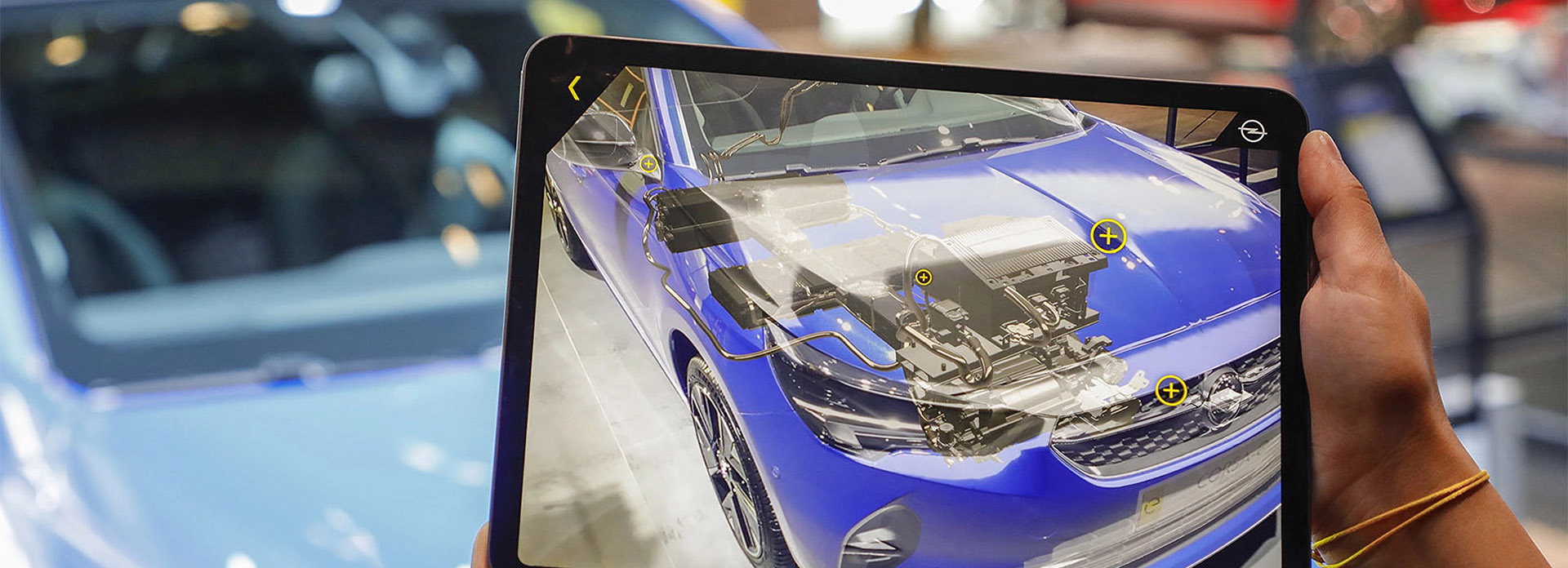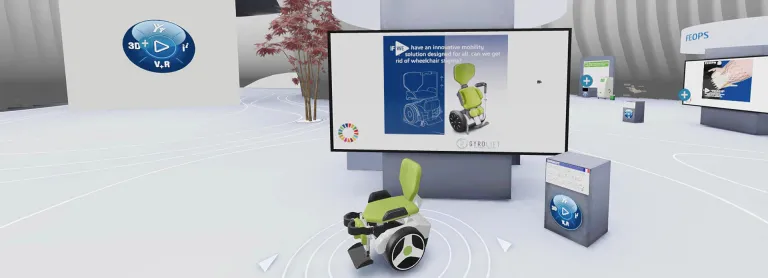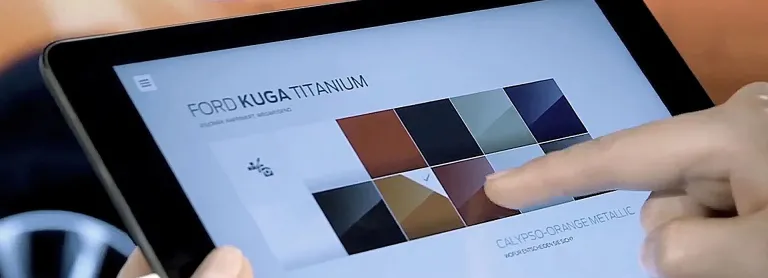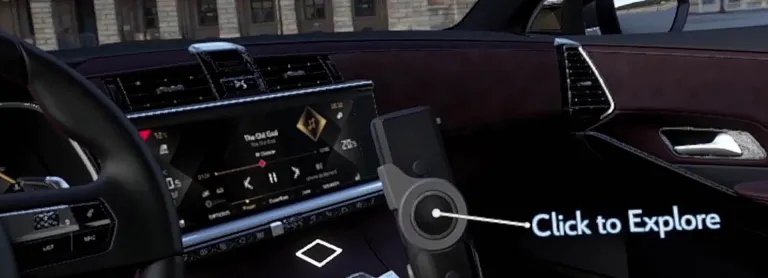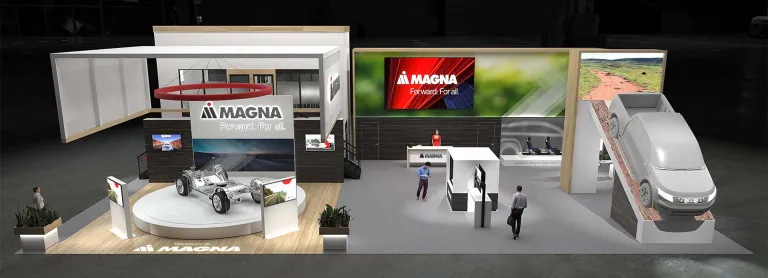Augmented Reality for Immersive Product Experiences
Augmented Reality enhances product interaction with immersive & customizable experiences
Augmented Reality for Product Interaction
The Commercial Virtual Twin empowers our teams to seamlessly develop Augmented Reality (AR) apps for rich, immersive experiences. It facilitates plane tracking, enabling users to interact with virtual products on mobile devices and place them realistically in real-world settings. Object tracking takes customization to a new level, allowing digital elements like accessories to be overlaid directly onto physical products. Informative features like x-ray views and interactive simulations enhance product augmentation, delivering engaging and informative AR experiences.
Key Benefits of Augmented Reality
Immersive Product Visualization
AR apps offer lifelike, interactive product experiences in real-world settings
Enhanced Customization
Object tracking enables personalized product configurations for users, fostering engagement and sales.
Informative Augmentation
AR enriches products with informative elements, enhancing user understanding and engagement.
Augmented Reality is Transforming Retail and Industry
Augmented Reality (AR) is revolutionizing retail and industry by offering immersive, interactive experiences that enhance customer engagement and streamline operations. In retail, AR allows customers to visualize products in real environments, try on virtual clothes or accessories, and customize products to their preferences.
Thereby increasing sales and customer satisfaction. For industries such as automotive, AR facilitates detailed product visualization, interactive simulations, and x-ray views that aid in design, development, and marketing processes.
3DEXCITE: Pioneers in Immersive Solutions
3DEXCITE delivering cutting-edge AR and VR solutions tailored to enterprise-level clients across various sectors. The technology enable seamless collaboration, innovation, and enhanced customer experiences. For example, automotive VR solutions from 3DEXCITE allow manufacturers to create detailed virtual models of vehicles, enabling potential buyers to explore features interactively. Similarly, retail VR experiences transform how customers interact with products, offering lifelike visualizations and personalized configurations.
Targeted Industry Solutions
3DEXCITE provides various industries with the opportunity to optimize their offerings for immersive applications and innovative technologies, thus meeting the needs for bespoke VR solutions.
Start your journey
The world of Augmented Reality is changing. Find out how 3DEXCITE can help.
FAQ About AR in Business, E-commerce & Marketing
Also Discover
Learn What 3DEXCITE Can Do for You
Speak with a 3DEXCITE expert to learn how our solutions enable seamless collaboration and sustainable innovation at organizations of every size.
Get Started
Courses and classes are available for students, academia, professionals and companies. Find the right 3DEXCITE training for you.
Get Help
Find information on software & hardware certification, software downloads, user documentation, support contact and services offering
